Ayuso rinde homenaje a Félix Rodríguez de la Fuente en el Centro de Recuperación de Animales Silvestres
“The contribution of Félix Rodríguez de la Fuente to the conservation of Spanish nature is immeasurable and transcends his well-known role as a popularizer and mass communicator not only in Spain but also worldwide,” added Díaz Ayuso about this environmentalist disseminator, considered the most important in the history of our country, and whose 45th anniversary of his passing was commemorated on March 14th.
The regional president, accompanied by Rodríguez de la Fuente’s daughters, toured the facilities of this public hospital dedicated to the care of wildlife, considered one of the best in Europe in this field, to learn about the work carried out by its technical and veterinary team. She also released back into the wild a red kite, which arrived at CRAS on January 7th from Guadalix de la Sierra, with moderate trauma and signs of dehydration.
After stabilization by the veterinary team and spending a few days in the Intensive Care Unit, it was transferred to one of the aviaries where it could practice hunting and flying on its own. The release of this specimen joins another 19 of the same species released throughout the past year.
Over 7,400 animals treated in 2024
Díaz Ayuso provided an overview of the admissions and highlighted that since its establishment in 2010, around 64,000 animals have been treated, with an annual average of 4,253 in its 15-year history. These numbers have been increasing from the initial 1,166 to almost 7,500 in 2024. From the latest data, it can be deduced that 5,469 were native species such as swifts, barn swallows, and white storks, with a release rate back into their habitat of almost 33%.
The president was able to witness the work carried out by the multidisciplinary team at CRAS-Félix Rodríguez de la Fuente in controlling exotic invasives, which are also accommodated. In this case, they must remain in this facility as releasing them into the wild could pose a threat to native species’ survival.
Usually, they are removed by the regional Forest Agents Corps, and some of them are transferred to centers with educational, training, or research programs, once their good health status is confirmed. The most common invasives are raccoons, parakeets, and invasive turtles, followed by American minks, Nile geese, or Vietnamese pigs.
Safeguarding and recovery of protected native species
The Wildlife Recovery Center of the Community of Madrid also plays a crucial role in safeguarding and recovering protected native species such as the imperial eagle, the red-legged partridge, the royal eagle, or the black vulture. They are responsible for the care, maintenance, restoration, and subsequent return to the natural environment when they are unable to survive.
It was inaugurated in 2010 and has an operating room, a nursing area, cutting-edge technology, and a team of veterinarians who provide their service every day of the year. They mainly receive lost, injured, dehydrated animals, and those classified as invasive exotics.
During their stay at CRAS, they undergo a comprehensive check-up to detect injuries and symptoms, determine the cause of their hospitalization, and ascertain their origin. Subsequently, they are admitted to an advanced Intensive Care Unit where they receive the necessary clinical treatments and care, awaiting completion of their rehabilitation before being reintroduced, ensuring they have a chance of survival in their habitat.
In 2024, 12 imperial eagles and 14 black vultures were admitted here, “two jewels of the Iberian fauna. Almost half of them have already been released or are in the process of being released,” the president recalled.
Thanks to the efforts of places like this Wildlife Recovery Center-Félix Rodríguez de la Fuente, there are 102 pairs of imperial eagles in the Community of Madrid, the highest density of pairs per area in Spain, double, for example, that of Castilla-La Mancha.
Included in the Regional Epidemiological Network
It also deals with the control and monitoring of falconry, overseeing the captive breeding of birds through blood extractions for phenotypic inspection. Additionally, it is part of the regional epidemiological network, conducting necropsies of carcasses removed from the natural environment (1,174 in 2024), to investigate if the cause of death could constitute an administrative offense or criminal offense.
Currently, the region leads Europe in the most demanding biodiversity indices. “We are leaders in the recovery of threatened areas, in species rescue,” said Díaz Ayuso, who also pointed out that over half of the territory of the Community of Madrid is protected.
“We have 4,000 square kilometers of natural spaces in a region with a very high population density: over 7 million inhabitants. We are barely 1.6% of the national territory, but we have almost 40% of the national habitats of community interest,” she emphasized.
Guided visits for schools
At CRAS, schools can take advantage of free guided tours to meet the specimens, as well as the exotic fauna that must remain to protect biodiversity. This initiative, starting this month and aimed at children from 3rd grade of Primary Education, will be conducted in groups with a maximum of 40 students. They take place on Tuesdays and Thursdays in the morning, with prior registration on the institutional website.
It also organizes informative visits and provides training to wildlife professionals, students, and university students. In 2023, a total of 523 people attended their training courses, and 40 students completed internships to complement their academic studies.
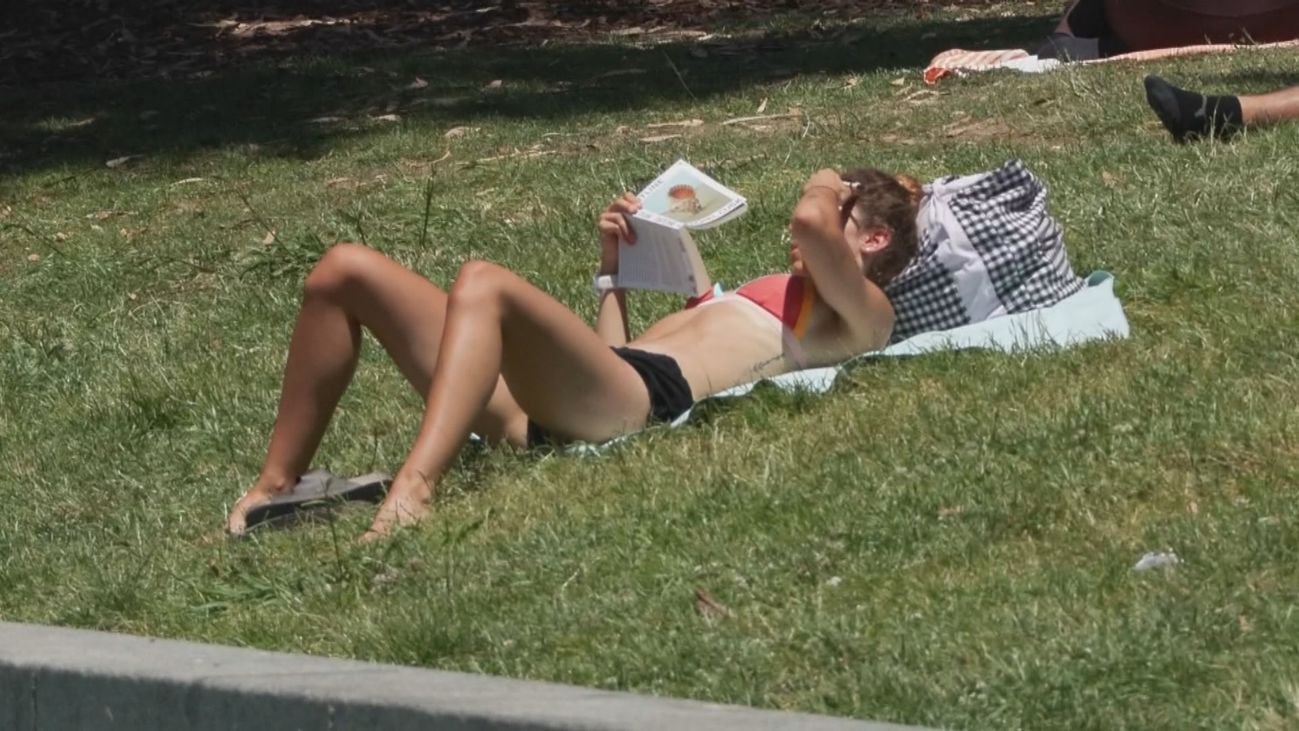

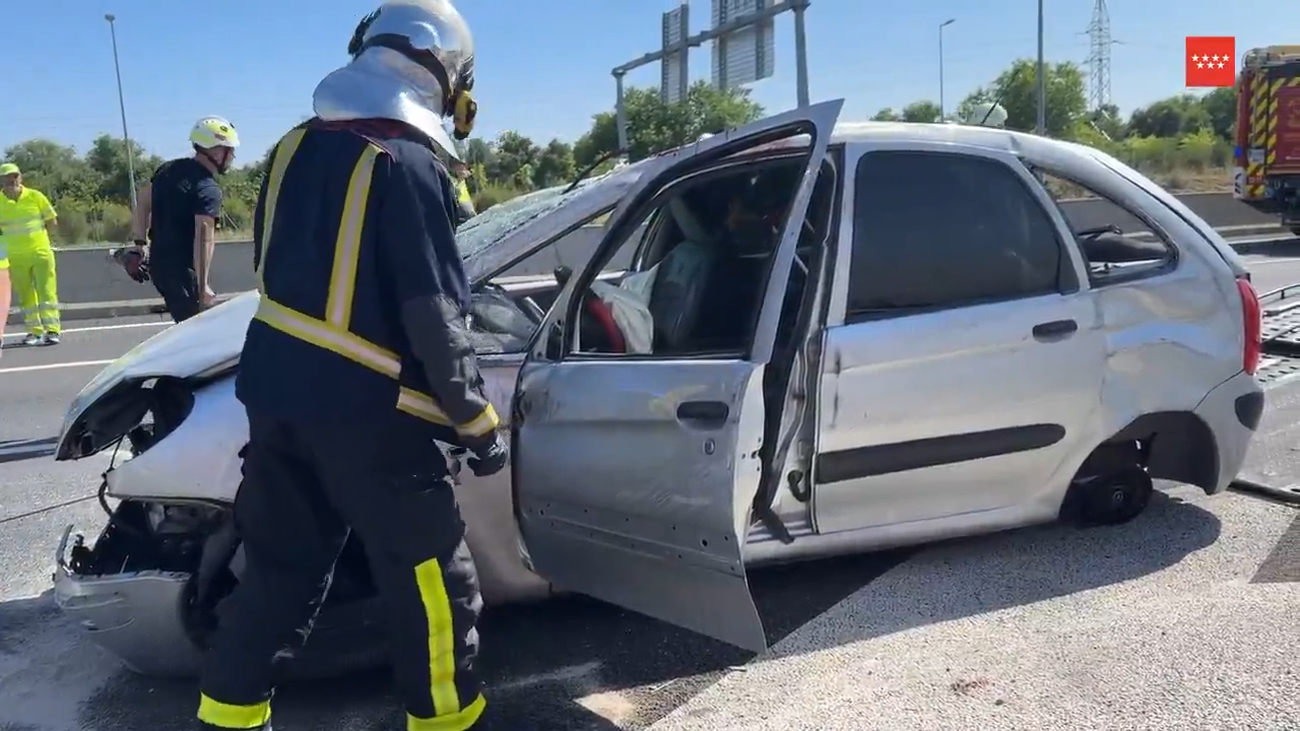
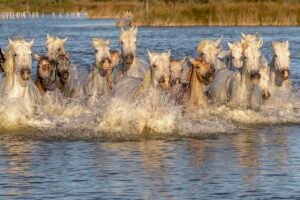

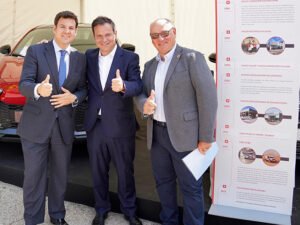

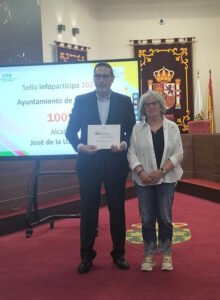
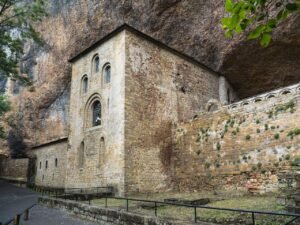
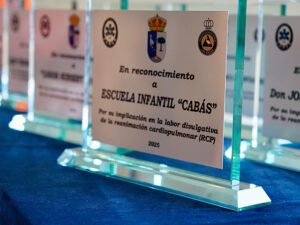



Publicar comentario